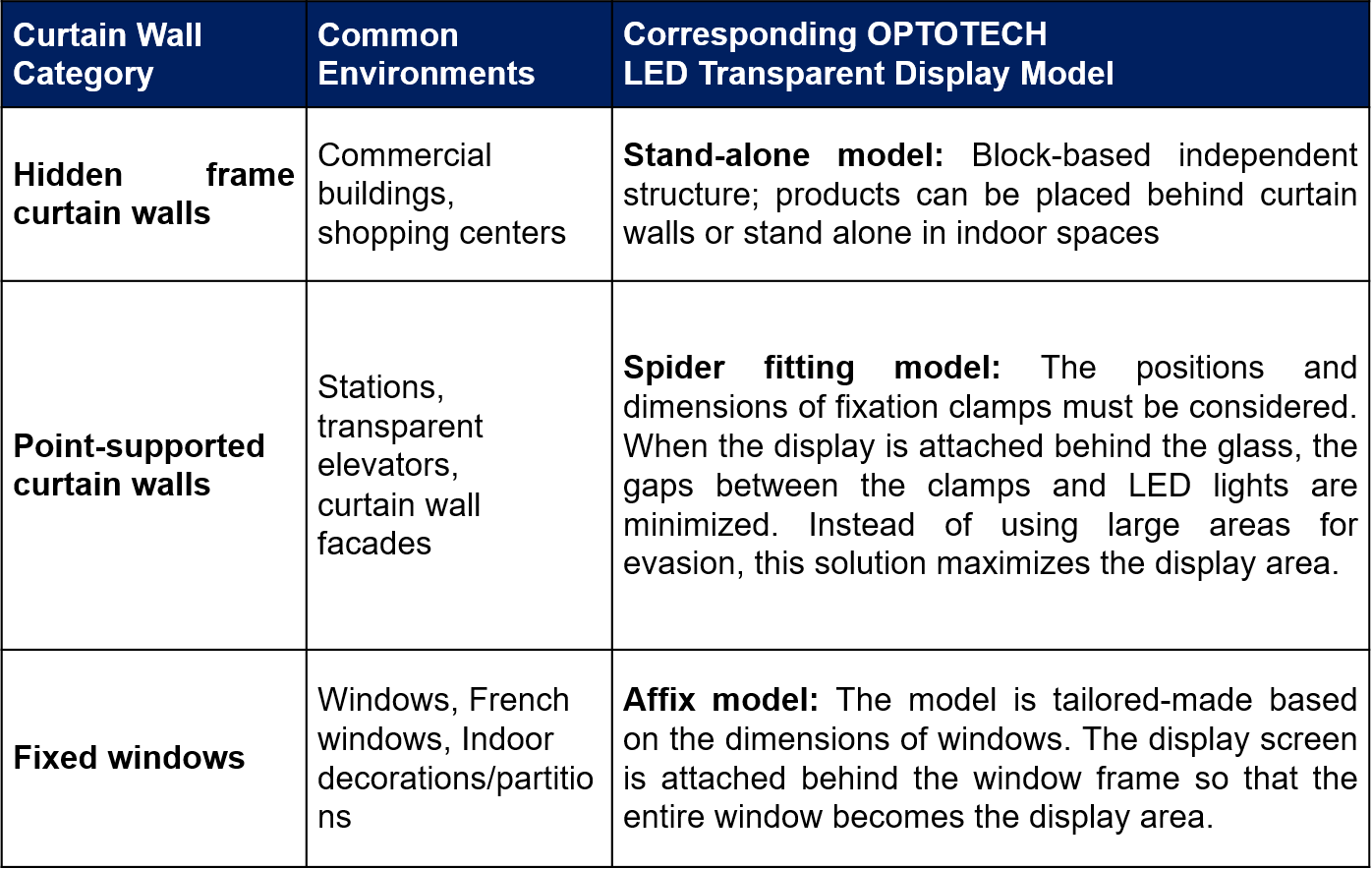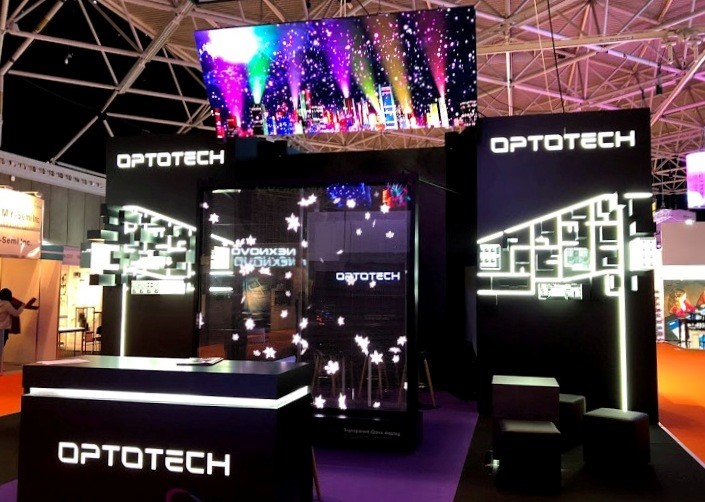Urban construction has always defined progress in each epoch. Architecture is regarded as an artistic expression that shapes contemporary aesthetics and urban culture. In an era dominated by numerous high-rise buildings, eye-catching new technologies have been integrated with these structures. Many renowned architects have proclaimed that “light forms the soul of technology, art, and architecture”.
Modern architectural design often incorporates LED display screens or LED lighting on the external walls of buildings. The interaction of light and colors revitalizes architecture, and creates luminous and flowing scenes that animate the city. The transparency of glass and its advantages in construction have gradually replaced traditional concrete walls outside modern high-rise buildings; glass has become the most eye-catching facade of modern cities and buildings. The facade of buildings is in constant metamorphosis, and LED transparent displays will undoubtedly remain the optimal choice for accentuating architecture. How will LED transparent displays keep abreast of the times and achieve a perfect integration with architecture?
Common curtain walls currently used on the market can be roughly divided into frame-supported curtain walls for building facades, point-supported curtain walls (with glass fixation clamps), and embedded fixed-window systems. In the past, the research, development, and design of LED transparent displays were focused on small-scale standard frames to meet the requirements for the models and dimensions of different curtains walls, reduce costs and improve construction speed. However, such meticulous designs still failed to achieve the widespread integration of LED transparent displays with architecture, as they did not meet owners’ initial expectations. Small-scale LED transparent displays could not fully cover the entire glass area due to their fixed size. As small-scale LEDs are structurally more complicated, they caused visual obstructions and indirectly impacted indoor lighting and sense of transparency. Therefore, the installation of LED transparent displays in curtain walls often dimmed what should have been dazzling.
Research and development on how to maximize the display area on curtain walls while retaining the transparency of glass have become critical challenges for LED transparent displays. OPTO Tech Corporation (OPTOTECH) began its conceptualization of solutions with the three most common structures for glass curtains, and created the first LED transparent display that meets structural requirements of buildings, maximizes display area, and minimizes the impact of device structure and coverage issues, and increases transparency to over 80%. Three different applications were designed based on the structure of different glass structures:

Architecture should be more than mere design of space and structure. With careful integration of LED transparent displays, buildings can exhibit wonderful visual transformations. Lights can be used to deliver information and become a new medium that catches people’s eyes. OPTOTECH, the self-styled urban magician, has more than 35 years of experience in professional LED solutions. It specializes in applying such experience to daily life, and leverages multilateral cooperation with architects, light designers, and landscape artists. It gently uses its magic to create a glittering new world, and transform buildings into landmarks overflowing with vitality.
For further information: OPTOTECH Website
Jason Wang
Tel: +886-3-5638951 ext. 23500
E-mail:5743@opto.com.tw

OPTOTECH LED Transparent Display













